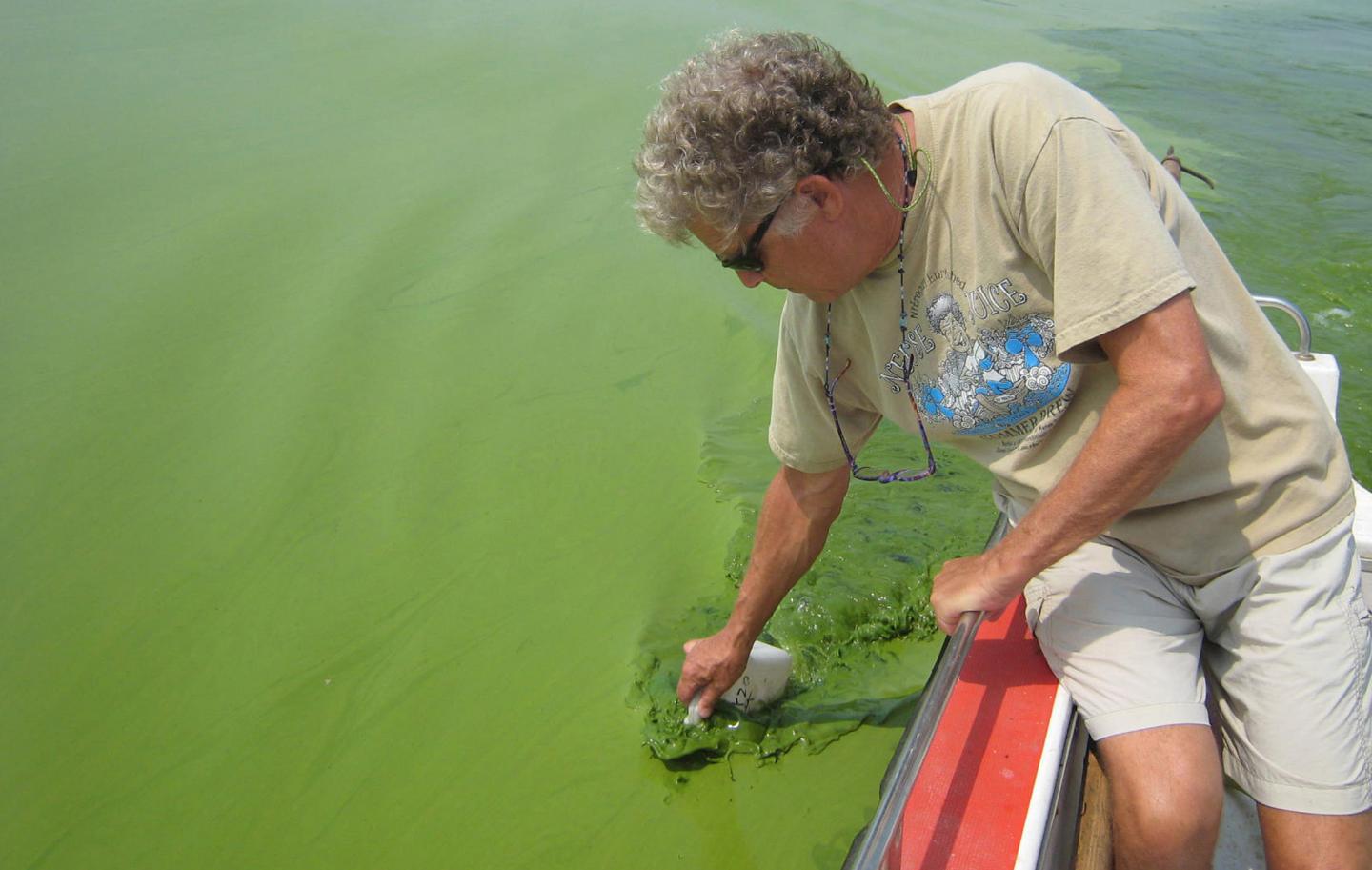The number of severe harmful algal blooms in Lake Erie will likely double over the next century, according to research from
 Ohio State University. As soon as 2050, toxic algal blooms like the one that cut off Toledo’s drinking water supply in 2014 will no longer be the exception, but rather the norm, the researchers say. Although several states and Canadian provinces have agreed to significantly cut nutrient runoff into the Great Lakes, the study suggests that nutrient reductions alone might not be enough to stop the toxic blooms. That’s because factors associated with climate change — less winter snow, heavier spring rains, and hotter summers — supercharge the blooms, the researchers explain. “Those are perfect growing conditions for algae,” said Noel Aloysius, a member of the research team. “We can reduce phosphorus by 40 percent, but the algae won’t suffer as much as you might hope.”
Ohio State University. As soon as 2050, toxic algal blooms like the one that cut off Toledo’s drinking water supply in 2014 will no longer be the exception, but rather the norm, the researchers say. Although several states and Canadian provinces have agreed to significantly cut nutrient runoff into the Great Lakes, the study suggests that nutrient reductions alone might not be enough to stop the toxic blooms. That’s because factors associated with climate change — less winter snow, heavier spring rains, and hotter summers — supercharge the blooms, the researchers explain. “Those are perfect growing conditions for algae,” said Noel Aloysius, a member of the research team. “We can reduce phosphorus by 40 percent, but the algae won’t suffer as much as you might hope.”

Sampling lake water during a toxic algal bloom